- Jogeshwari West, Mumbai 400102
- +(91) 98333 44 333
- sales@globalteckz.com
Understanding the Difference Between Python Language and Core Python
- Home
- Understanding the Difference Between Python Language and Core Python

Globalteckz is one of the leading Odoo integrators and ERP service providers in India, offering expert solutions in Odoo, ERPNext, and business automation for startups and enterprises. With a skilled team, we deliver customized ERP implementation, integration, and support services to streamline operations and drive digital transformation across India, UAE, USA, Canada, and the UK.
Let’s Meet Together
Mumbai Central Location: Office No. 43, Ali Mansion, Near Post Office, Belasis Road, Mumbai Central East, Mumbai– 400008.
Mira Road Location: Unit 002, Building A7, Sector 5, Mira Road (East), Thane, Mumbai – 401107.
Call/WhatsApp:
+(91) 9833344333
+(91) 9773530597
Email: sales@globalteckz.com
Teams/Skype
kadriazhar | abraar.patel
Copyright © 2025 | Globalteckz - (India & USA). All rights reserved. | Terms and Conditions





Understanding the Difference Between Python Language and Core Python
This article provides an overview of the distinction between the Python language and core Python, highlighting their respective roles and significance in the Python ecosystem. Python, renowned for its simplicity and versatility, has become one of the most popular programming languages in the world. However, when discussing Python, it’s essential to distinguish between the overarching language itself and the core components that form its foundation.
Python Vs Core Python
Python Language:
The term “Python language” refers to the entire ecosystem surrounding Python, encompassing not only the syntax and semantics of the language but also the vast array of libraries, frameworks, and tools that make Python a versatile and powerful programming platform.
In summary, the Python language encompasses not only the core syntax and semantics of the language itself but also the extensive ecosystem of libraries, frameworks, and tools that make Python a versatile and powerful programming platform for a wide range of applications.
Core Python:
On the other hand, “Core Python” specifically refers to the fundamental components of the Python programming language, excluding any additional libraries or frameworks. Core Python includes the basic syntax, data types, control structures, functions, modules, and the standard library that comes bundled with the Python distribution.
In conclusion, while the Python language encompasses the entire ecosystem surrounding Python, including libraries, frameworks, and tools, core Python specifically refers to the fundamental components of the language itself. Understanding the difference between Python language and core Python is essential for developers looking to harness the full power and potential of Python for their projects and applications.
Read More Articles